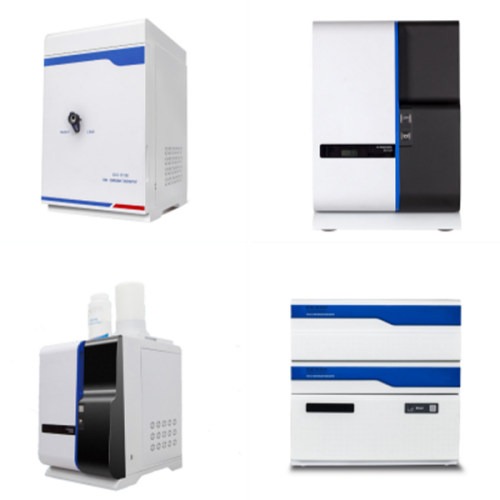Ion chromatography (IC) is a flexible analytical technique for separating and quantifying ions in a solution using their charge and chemical interactions with a stationary phase. This analytical method has been used in a wide range of domains, from environmental studies to pharmaceutical research. Ion chromatography techniques of various types enable scientists to target specific ions or classes of ions, providing precise and sensitive analysis. In this article, we’ll delve into the different types of ion chromatography and their unique applications.
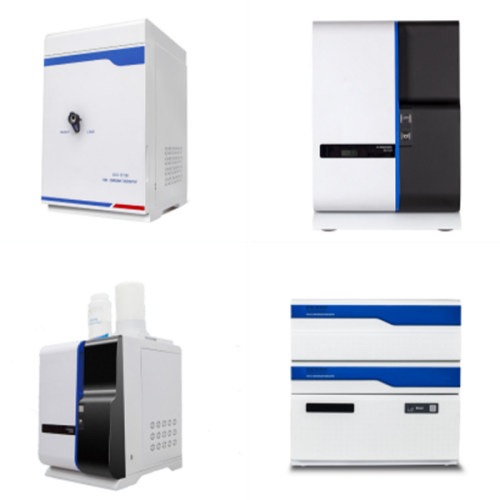
Anion Exchange Ion Chromatography (AEC)
The separation and quantification of anions (negatively charged ions) in a sample is accomplished using anion exchange chromatography. A stationary phase with positively charged functional groups is involved. The anions are maintained when the sample goes through the column due to their affinity for the positively charged sites. Common applications include the analysis of ions like chloride, sulfate, and nitrate in environmental and water samples.
Cation Exchange Ion Chromatography (CEC)
Cation exchange chromatography, on the other hand, targets cations (positively charged ions). The negatively charged functional groups in the stationary phase of CEC attract and hold cations as they travel through the column. This method is commonly used to analyze metal cations and other positively charged species such as alkali metals and transition metals.
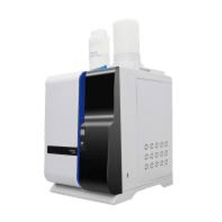
Size Exclusion Ion Chromatography (IEC)
Size exclusion ion chromatography, also known as ion exclusion chromatography (IEC) or ion exclusion, is used to separate non-ionic and weakly ionized substances. It works on the idea that neutral species are excluded from the porous structure of the stationary phase, resulting in their elution in the empty volume. IEC is especially useful for analyzing organic acids, alcohols, and sugars in complicated samples.

High-Performance Ion Chromatography (HPIC)
High-Performance Ion Chromatography (HPIC) is an advanced and enhanced type of ion chromatography (IC) that provides superior performance characteristics in terms of resolution, sensitivity, speed, and adaptability. HPIC chromatography employs cutting-edge instruments, columns, and detection systems to meet the changing demands of analytical chemistry, allowing for more precise and efficient ion analysis. Its capacity to produce high-resolution, sensitive, and quick results makes it an important tool in a variety of sectors, including environmental monitoring, pharmaceutical analysis, food safety, and others.
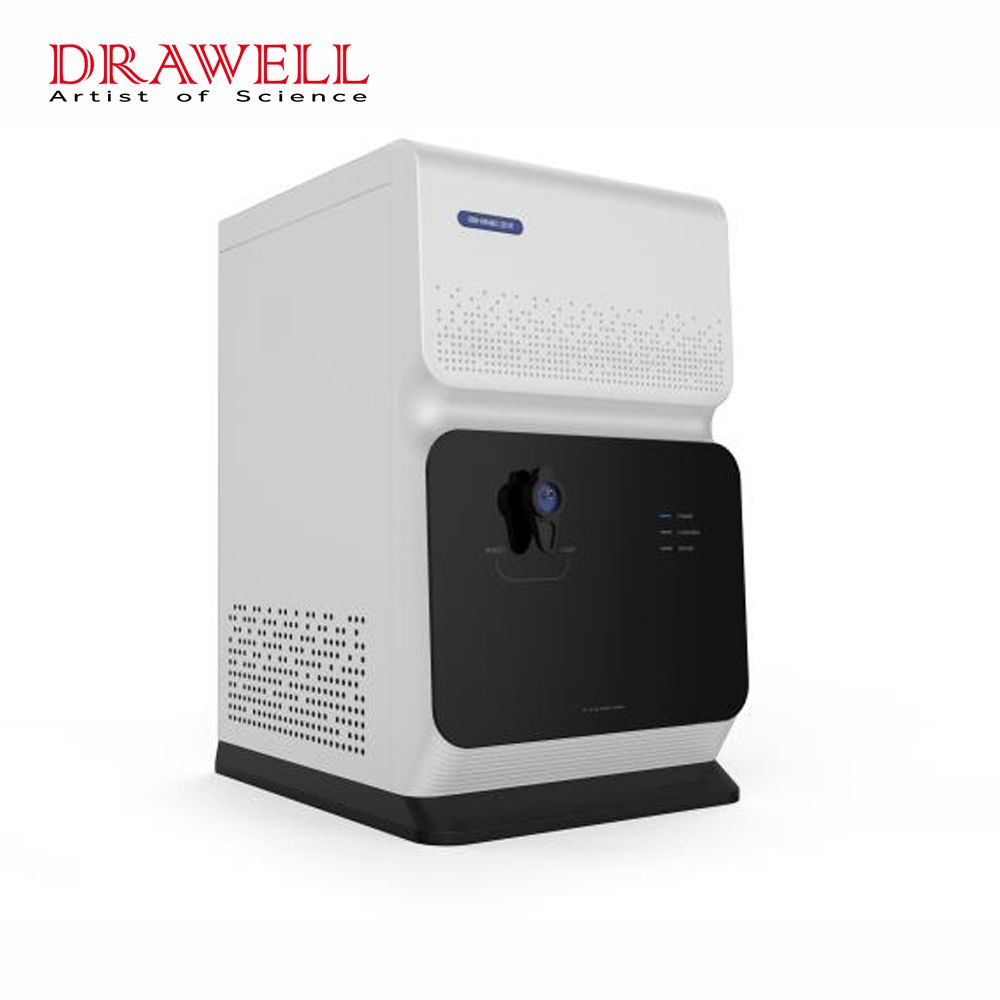
Ion Chromatography with Suppressed Conductivity Detection (IC-SCD)
Ion chromatography with suppressed conductivity detection is an effective method for analyzing non-conductive or low-conductivity ions. It uses a chemical suppressor to convert ions into their weakly conducting acid or base forms, increasing their detectability using conductivity detectors. This technique is especially useful for the determination of common anions and cations in ultrapure water and semiconductor manufacturing.
Ion Chromatography with Amperometric Detection (IC-AD)
For the selective and sensitive analysis of various ions, ion chromatography with amperometric detection is the preferred choice. It couples ion chromatography with an amperometric detector that measures the electrical current produced during the redox reaction of specific ions at an electrode. This method is often used for the detection of trace metal ions, such as arsenic, selenium, and various organic compounds.
Ion Chromatography with Mass Spectrometry (IC-MS)
To achieve the highest level of selectivity and sensitivity, ion chromatography can be combined with mass spectrometry. Ion chromatography with mass spectrometry (IC-MS) allows for the separation and identification of ions based on their mass-to-charge ratio at the same time. This technique is extremely useful for analyzing complicated mixtures and identifying unknown substances in sectors such as medicines and metabolomics.
Chiral Ion Chromatography (CIC)
Chiral ion chromatography is a specialized form of ion chromatography designed for the separation of enantiomers, which are mirror-image isomers that cannot be distinguished by conventional techniques. CIC employs chiral stationary phases to separate enantiomers based on their interaction with these specialized surfaces. This is essential in the pharmaceutical industry for ensuring the purity and efficacy of chiral drugs.
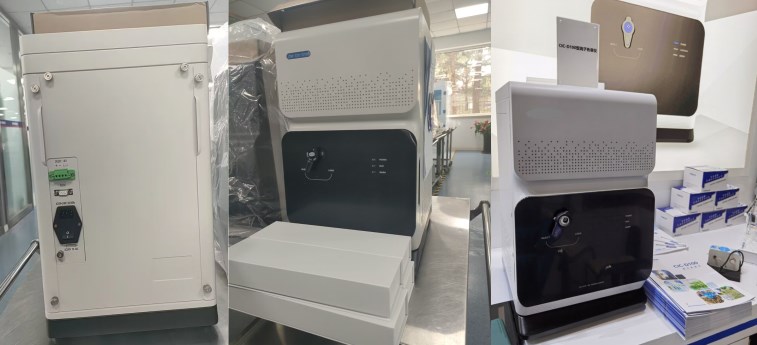
Conclusion
Ion chromatography is a versatile analytical technique that is used in a variety of scientific disciplines. The various types of ion chromatography allow scientists to evaluate ions selectively and precisely based on their charge and chemical characteristics. Researchers can reveal critical information about the composition of various samples, from environmental pollutants to medicinal chemicals, by selecting the proper ion chromatography methodology and detection method, contributing to scientific and technological developments.

